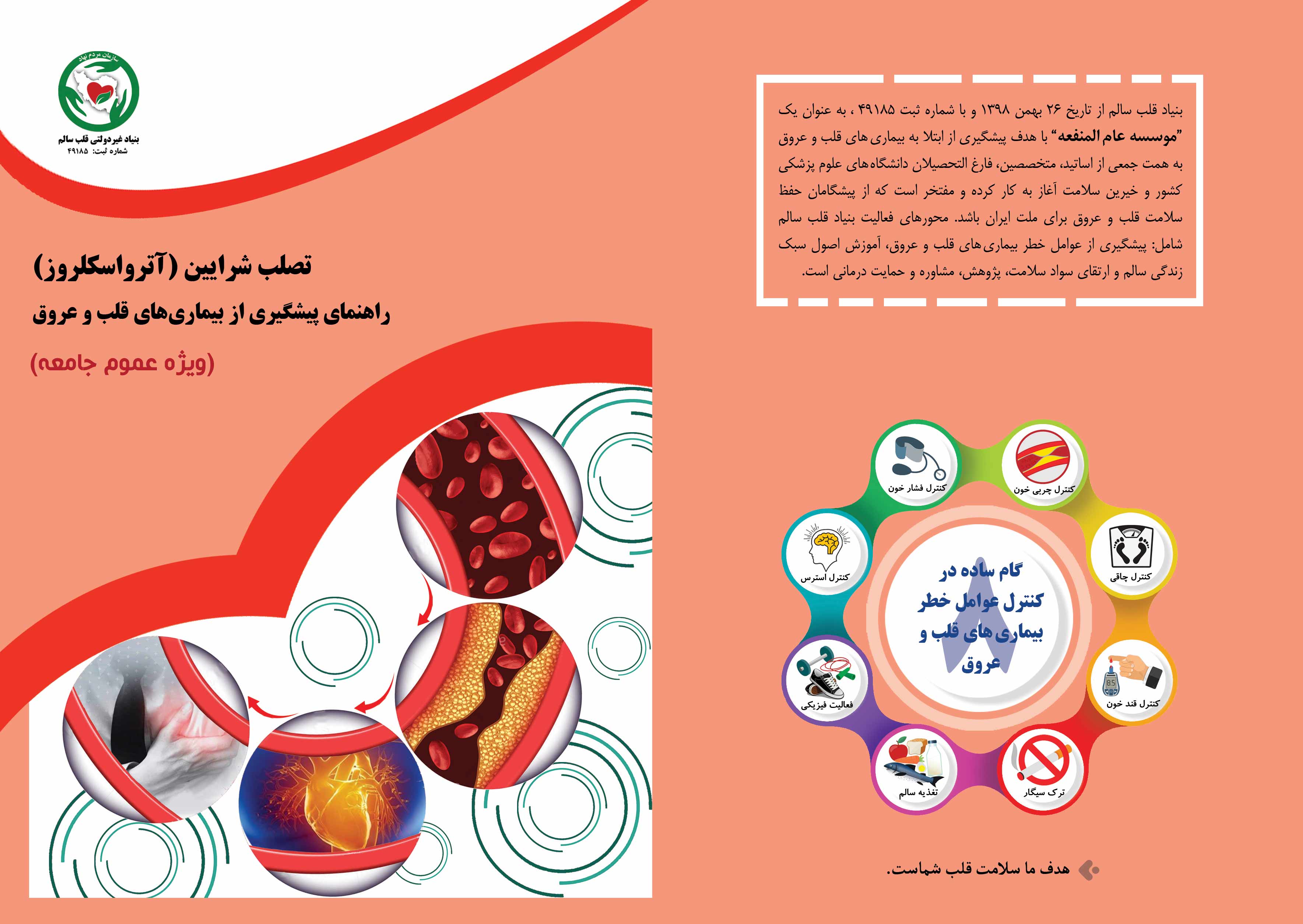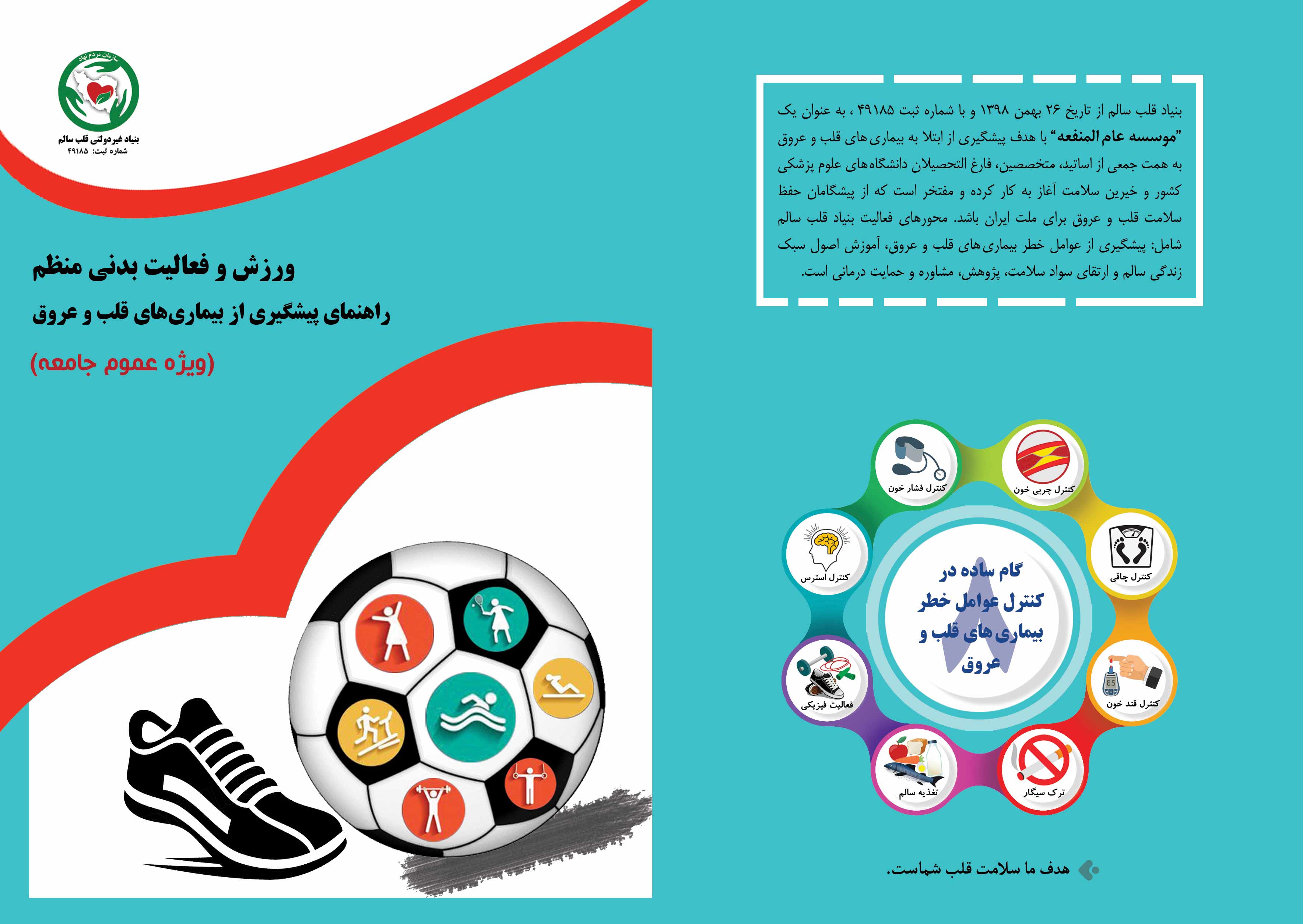Clinical Validation of a Smartphone-based Handheld ECG Device: A Validation Study
Remote cardiac monitoring and screening have already become an integral telemedicine component. The wide usage of several different wireless electrocardiography (ECG) devices warrants a validation study on their accuracy and reliability.
Abstract
Background: Remote cardiac monitoring and screening have already become an integral telemedicine component. The wide usage of several different wireless electrocardiography (ECG) devices warrants a validation study on their accuracy and reliability.
Methods: Totally, 300 inpatients with the Nabz Hooshmand-1 handheld ECG device and the GE MAC 1200 ECG system (as the reference) were studied to check the accuracy of the devices in 1 and 6-limb lead performance. Simultaneous 10-second resting ECGs were assessed for the most common ECG parameters in lead I. Afterward, 6-lead ECGs (limb leads), were performed immediately and studied for their morphologies.
Results: Of the 300 patients, 297 had acceptable ECG quality in both devices for simultaneous lead I ECGs. The ECGs were inspected on-screen by a cardiologist for their rhythms, rates, axes, numbers, morphologies of premature atrial and ventricular beats, morphologies and amplitudes of PQRST waves, P-wave durations, QRS-wave durations, P-R intervals, and QT intervals. No significant differences were detected between the devices, and no major abnormalities were missed. Six-limb lead ECGs were obtained in 284 patients, of whom 281 had acceptable quality in ECGs by both devices. The morphology matching evaluation of the ECGs demonstrated an overall 98% compatibility rate, with the highest compatibility in lead I and the lowest in lead augmented vector foot.
Conclusions: The diagnosis of critical pathological rhythms, including atrial fibrillation and high-grade atrioventricular node block, was not missed by the Nabz Hooshmand-1 and GE MAC 1200 ECG devices. Accordingly, rhythm detection as the primary purpose of handheld ECG devices was highly accurate. Both devices had acceptable sensitivity to diagnose long P-R and long and short QT intervals. Although the modern technology of smartphones and the physical inability for the 6-limb mode might cause old patients difficulty in utilizing such devices, their use for screening and follow-up is safe.
Copyright © 2022 Wolters Kluwer Health, Inc. All rights reserved.


















.png)
.png)
ارسال نظر